Rabies outbreaks in Ontario
The latest outbreak of raccoon strain rabies started in 2015 when an animal was inadvertently moved to Ontario from over 500 kilometres away. This was the first time raccoon rabies had been detected in Ontario in over a decade.
Since the peak of the outbreak in 2016, raccoon rabies cases have:
- declined by 100%
- been contained to within 65 km of the initial case in Hamilton
In 2015, fox strain rabies was confirmed in Perth, Huron and Wellington Counties. Prior to 2015, the last case of fox strain rabies was detected was in 2012. No cases of fox strain rabies have been detected since 2018.
In 2023, 6 cases of raccoon strain rabies were detected in Southern Ontario, in the Niagara region. No cases were detected in 2024.
While we are making progress towards our goal of eliminating raccoon and fox strain rabies from Ontario, we need to remain vigilant. Rabies can move to new areas of the province:
- through the natural movement of wildlife
- when animals are moved to new areas intentionally or unintentionally
Surveillance helps us ensure that:
- rabies hasn't moved into new areas of the province
- we are targeting control efforts in the right areas
Areas of concern
While the current rabies control zone in Southern Ontario is the highest risk of terrestrial rabies, the following are also areas of concern:
- Southwestern and Eastern Ontario due to the on-going risk of raccoon rabies from across the U.S. border
- Northern Ontario due to the ongoing risk of Arctic fox strain rabies
- Ontario-wide due to the on-going risk of wildlife translocation
Bats
Bats strain rabies persists at low levels across Ontario. Although the percentage of rabid bats is low, any bat you encounter should be considered rabid unless the bat is captured and tests negative for rabies.
The ministry does not track bat rabies cases because management actions (such as vaccination) aren't possible. The Canadian Food Inspection Agency (CFIA) is the lead for tracking rabies cases, including bats.
Find information on rabies cases in Canada, including bats, on the Canadian Food Inspection Agency (CFIA) website.
Learn more about rabies in wildlife.
Annual cases of terrestrial rabies in Ontario
Graph of annual number of raccoon and fox strain rabies cases detected and number of animals tested by the ministry in Ontario from 2015-2024. The trend shows a 100% decline in cases since 2016 (black), despite similar numbers of animals tested annually (green).
Find a complete listing of rabies cases including strain and affected species.
Ontario rabies surveillance map
To request a copy of the our Rabies Control Program annual report please contact the Wildlife Research and Monitoring Section.
How we control rabies
We have been working to control and eliminate terrestrial rabies (raccoon and fox strains) in Ontario since the 1980s.
Every year throughout the summer and fall, we:
- distribute oral rabies vaccine baits (PDF) by hand, bait station, helicopter and airplane
- conduct trap-vaccinate-release of wildlife in high risk areas
- test dead, sick, and strange acting wildlife
- conduct research to help improve the effectiveness of rabies control operations
Find out about our 2024 rabies control operations.
Ontario’s rabies control program is a joint effort. Our partners include:
- other provincial ministries
- federal agencies
- regional public health units
- municipalities
- wildlife custodians, licensed wildlife trappers and wildlife control agents
- Indigenous communities
Oral rabies vaccine baits
The ONRAB oral vaccine bait was developed in Ontario. It underwent a significant safety review before it was licensed for use in wildlife in 2013.
ONRAB is effective for both fox and raccoon strain rabies control. Animals are immunized against rabies about two weeks after they chew the rabies vaccine bait.
We distribute ONRAB oral vaccine baits:
- by hand
- using bait stations
- by helicopter in green spaces in urban areas, such as parks and ravines
- from yellow airplanes in rural agricultural and forested areas
Baits are distributed:
- in a 50 km area around all positive cases detected over the previous two years
- along the border with New York State where the raccoon rabies strain is common
Baits are not distributed near schools, playgrounds, or in yards with toys where children are likely to be present.
Exposure to the bait is not harmful to people or pets. However, in the unlikely event that people or pets come in contact with the vaccine contained in the bait, contact a doctor or veterinarian as a precaution.
In Ontario, rabies vaccine baits can only be distributed by ministry staff. If you are in an area where rabies cases have occurred, annual baiting will occur in your area in the summer or fall.
Find out where and when rabies baiting occurs.
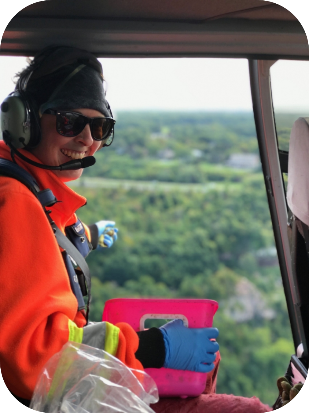
Distributing rabies vaccine baits from a helicopter
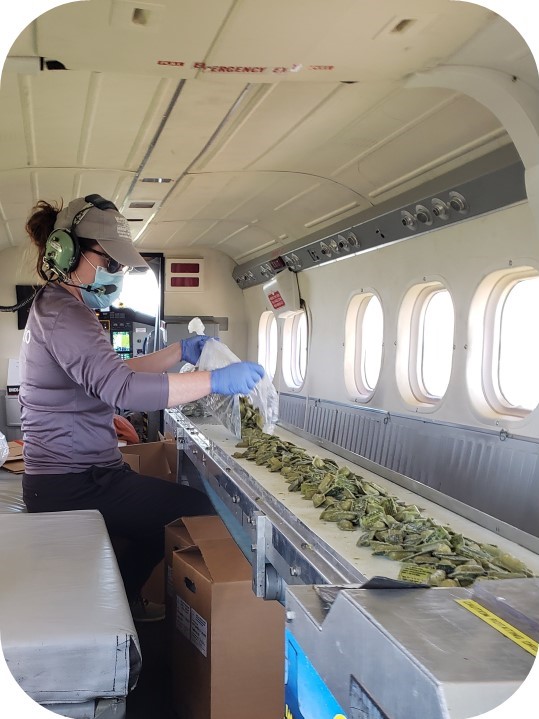
Distributing rabies vaccine baits from a twin otter aircraft
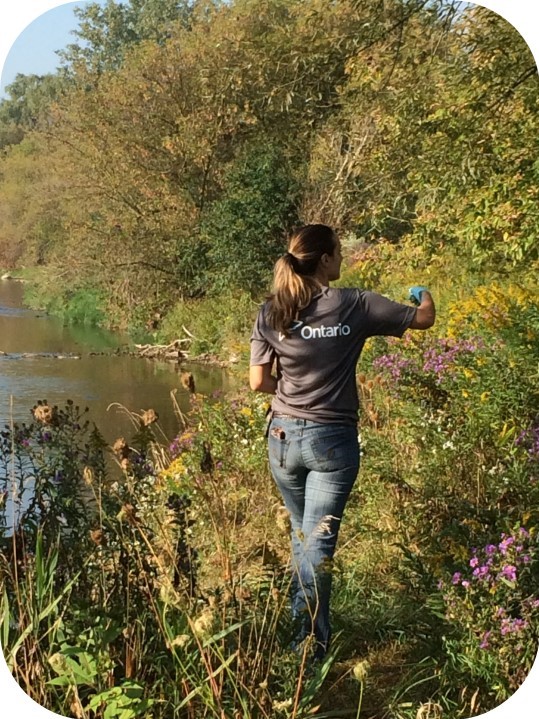
Distributing rabies vaccine baits by hand
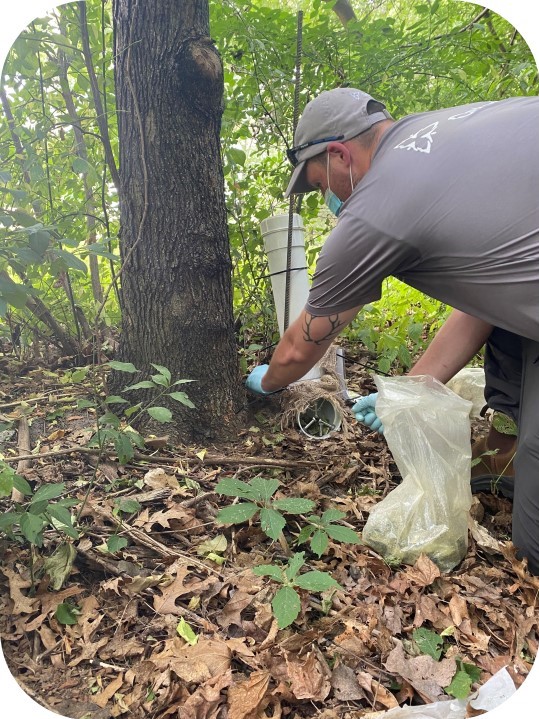
Refilling bait stations
Descriptive transcript: How does Ontario distribute the rabies vaccine baits
Rabies vaccine bait identification
ONRAB baits are made of a small blister pack. The pack contains the oral vaccine which is coated in a bait formula. This formula consists of:
- vegetable based fats
- wax
- icing sugar
- vegetable oil
- artificial marshmallow flavour
- dark-green food grade fat-soluble dye
Download Rabies vaccine bait information (PDF)
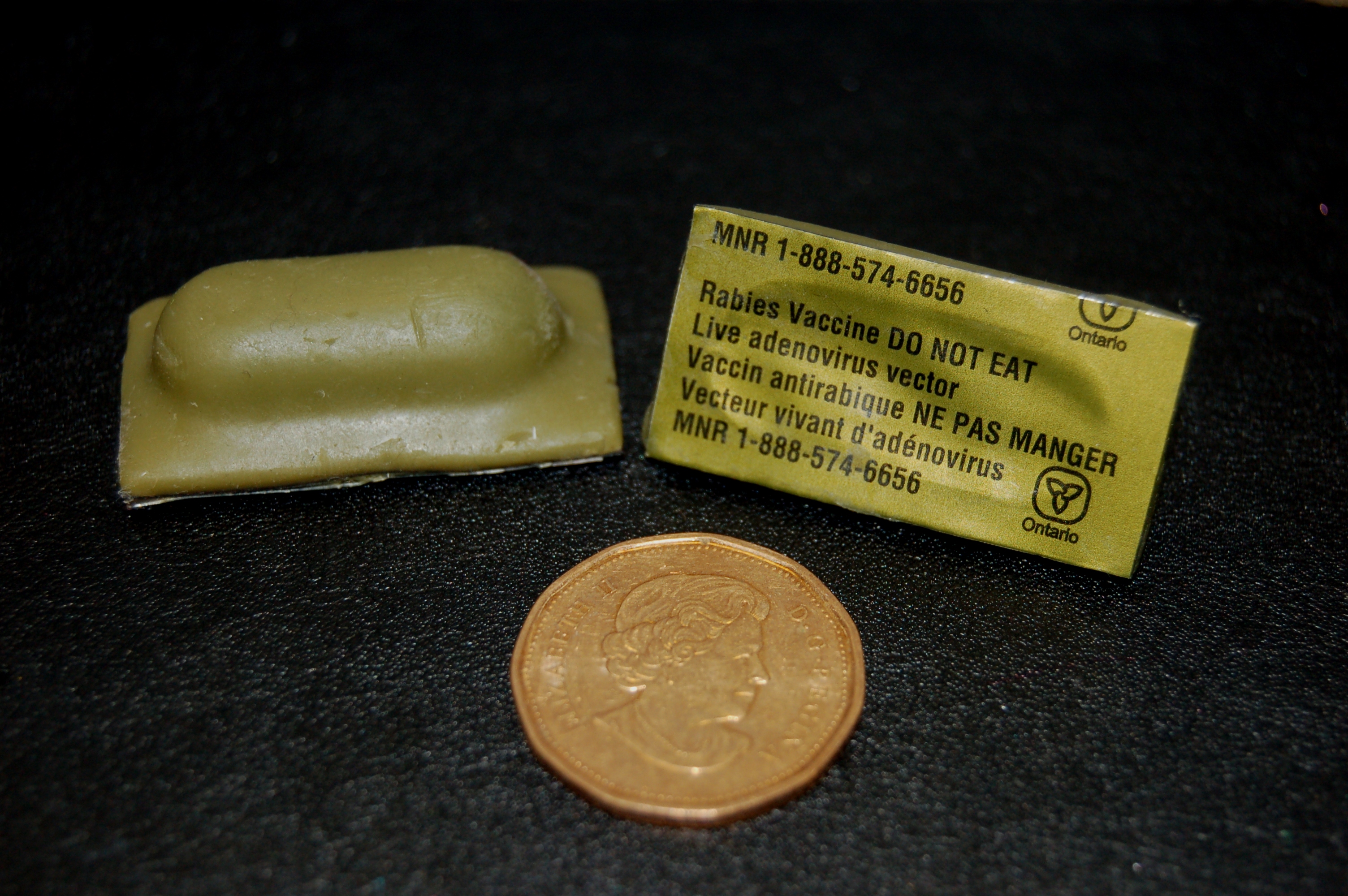
Baits and wildlife
Raccoons, skunks and foxes have been known to eat more than one bait.
Before we distribute baits, we consider the home ranges of skunks, foxes and raccoons to decrease the chance that a single animal will encounter a large number of baits.
Even if an animal is already vaccinated or eats a bait more than once, it is not harmful.
Most baits are eaten by wildlife within a couple of days. Baits that are not found and eaten will dissolve and expose the vaccine. Sunlight and exposure to air inactivates the vaccine.
Baits and domestic animals
Wildlife vaccine baits are not meant for humans, livestock or pets.
The effectiveness of the oral vaccine baits has not been tested on domestic animals. However, they have been tested to ensure they are safe if they are accidentally eaten by domestic animals.
To make sure your pet is properly vaccinated, have your pets vaccinated by a registered veterinarian. The rabies vaccine that your veterinarian provides has been tested and is effective in vaccinating domestic animals against rabies.
If your livestock or pet eats one bait packet, they may get an upset stomach but there is no need to worry. If they eat more than one, call your veterinarian as a precaution.
Descriptive transcript: What to do if my pet accidentally eats a bait
Contact:
Wildlife Research and Monitoring Section
rabies@ontario.ca
If you find a bait
If you find a bait packet in an area where it shouldn’t be (e.g. your yard):
- do not open it
- place a plastic bag over your hand to keep your scent off the bait
- move it to an area where wildlife may find it (e.g. a forested area)
Trap-Vaccinate-Release of wildlife
We vaccinate raccoons, skunks, and foxes by hand with injectable vaccine in targeted areas through the Trap-Vaccinate-Release program. This program is one of the most effective ways to vaccinate urban wildlife.
Animals are captured and vaccinated against rabies with an intramuscular injection, like the one used to vaccinate pets. We also give each animal an ear-tag with a unique identification number to identify it as vaccinated if the animal is re-captured.
After they are vaccinated, we release the animals where we captured them. These animals will then defend their home territory against other potentially unvaccinated animals, which helps prevent the spread of rabies.
Vaccination areas
With cooperation from the public, municipalities and various organizations, we get permission to set live traps on private and public land.
The program targets strategic areas where rabies cases are ongoing. Our goal is to create a buffer of vaccinated animals in urban areas to prevent the spread of rabies and help keep wildlife, people and pets safe.
Find out where and when we vaccinate urban wildlife.
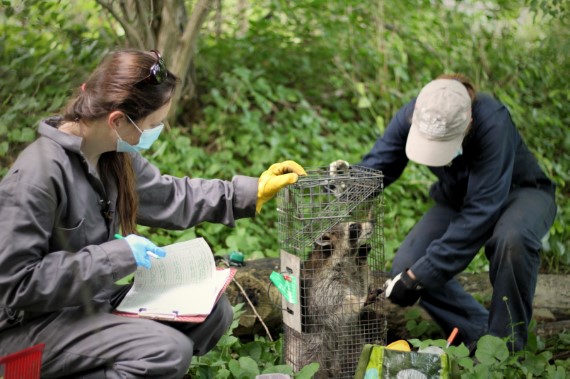
Surveillance
We work with partners to conduct surveillance for terrestrial rabies across Ontario by testing:
- rabies vector species such as raccoons, skunks and foxes and sometimes other mammals
- dead wildlife. These wildlife are either found dead, are roadkill or showed signs of disease or strange behaviour consistent with rabies
We test the brain tissue of these animals using an indirect immunohistochemical test (iRIT). All iRIT positive samples are sent to CFIA for confirmation through fluorescent antibody test (FAT).
We do not test:
- cases of human or domestic animal contact with wildlife
- bats
Visit the reporting section to find out who to call if you suspect a wild animal may have rabies.
Surveillance testing helps us:
- detect cases of rabies
- direct rabies control efforts to where cases are occurring
- evaluate the effectiveness of the rabies control program
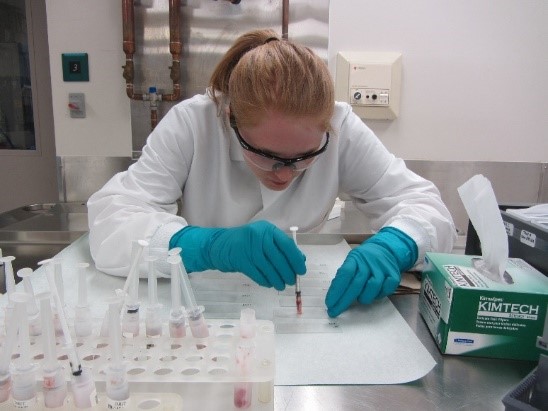
2025 Rabies control operations
Map of planned 2025 rabies control operations in Southern Ontario
Map of planned 2025 rabies prevention operations in Eastern Ontario
2025 Summer and fall schedule
| By | Where | When |
|---|---|---|
| Hand baiting | Southern Ontario: Urban areas within the raccoon rabies control zone | July to mid-September |
| Helicopter baiting | Southern Ontario: Green spaces within urban areas in the raccoon rabies control zone | Mid-late August |
| Twin Otter aircraft | Eastern Ontario: St. Lawrence in Frontenac, Leeds & Grenville and Stormont, Dundas & Glengarry counties | Early August |
| Twin Otter aircraft | Southern Ontario: Haldimand, Halton, Hamilton, and Niagara counties | Mid-late August |
| Helicopter baiting | Southern Ontario: Niagara Peninsula | Mid-late August |
| Trap Vaccinate Release (TVR) | Southern Ontario: High risk urban areas in the raccoon rabies control zone | May-October |
For more information on this program, call the Wildlife Health Information Line at



